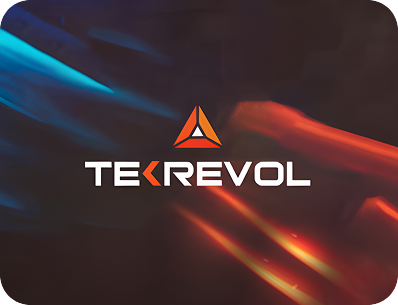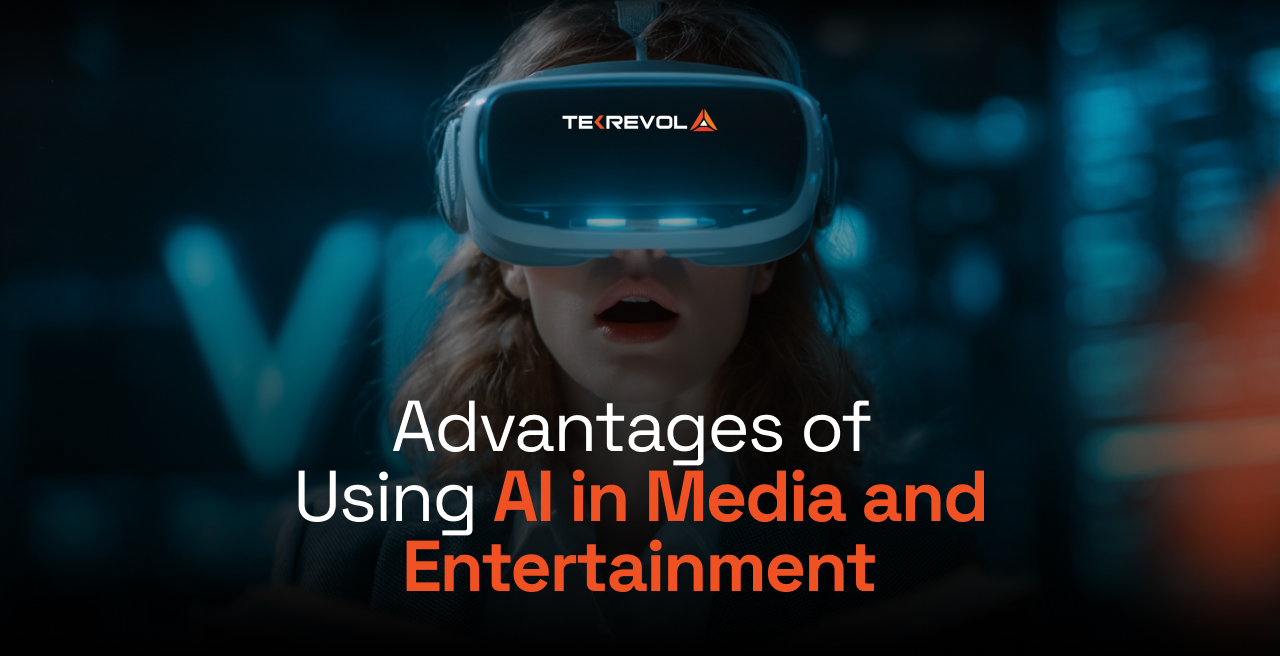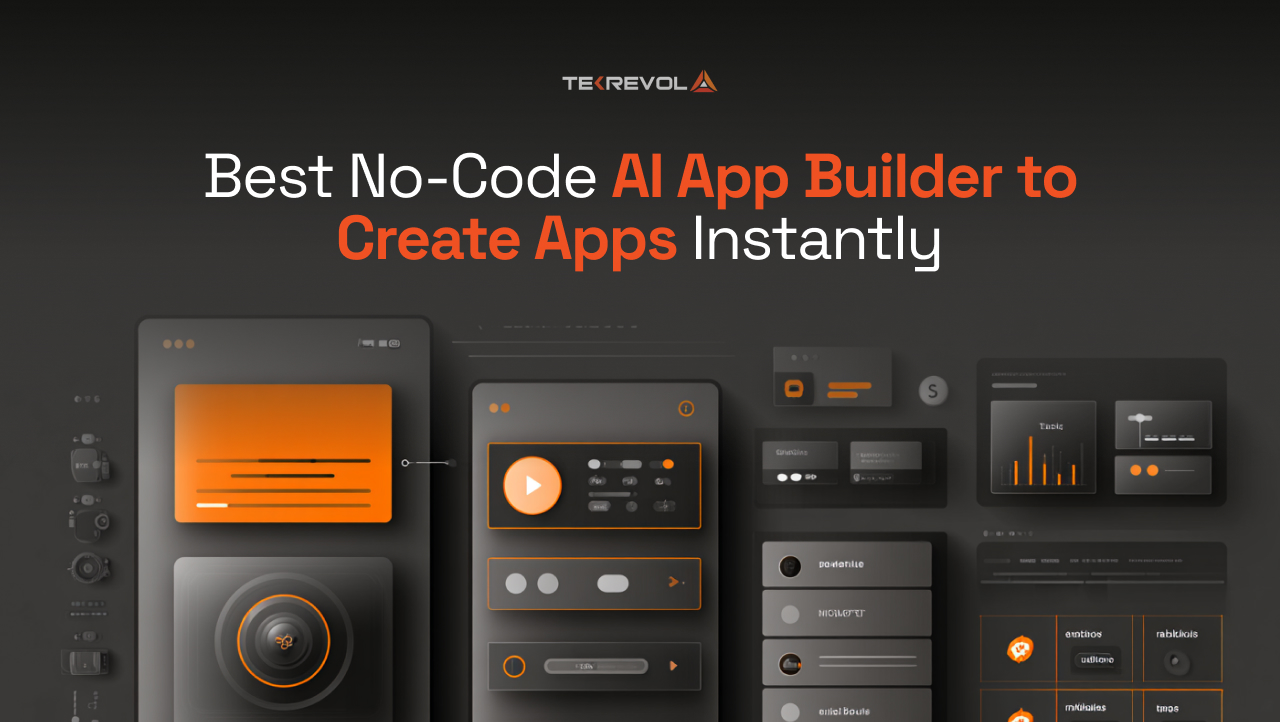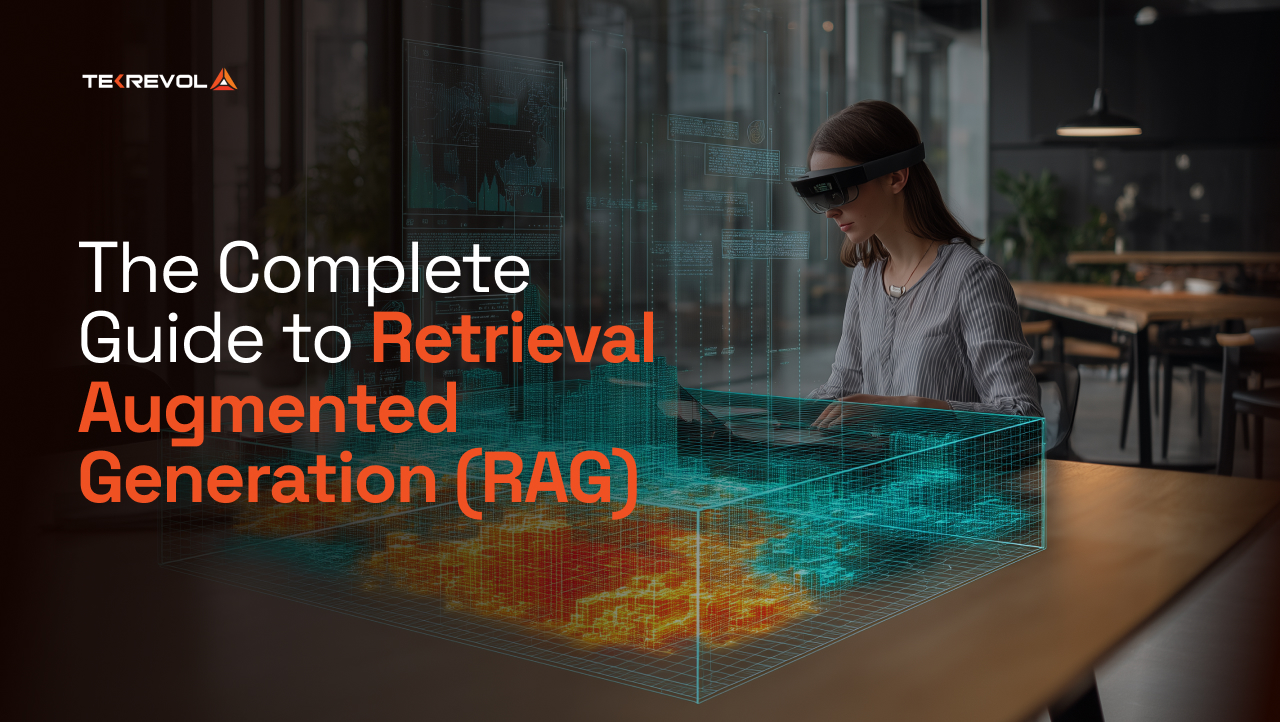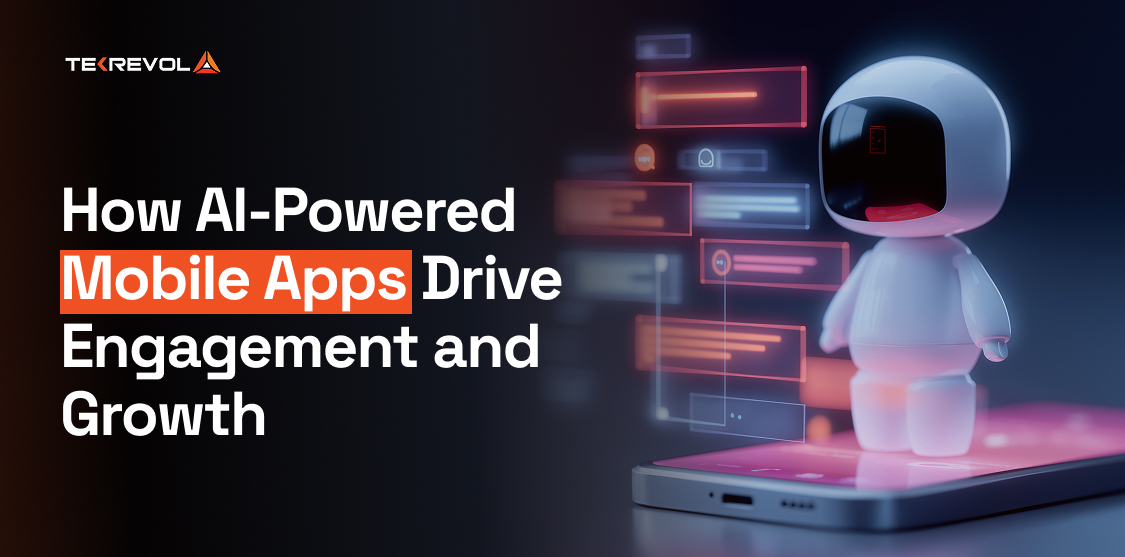This is one of the frequently asked questions in the automotive and technology industries in general. That is, as cars become more intelligent and driver assistance systems become more sophisticated, there is a genuine interest from all types of startups, automakers, and innovators as to what it really takes to build such a system and the AI agent cost in 2025.
Tesla’s Autopilot system is the biggest and well-known example of how artificial intelligence, sensors, and continuous software updates can present a new driving experience.
But it’s no small feat to design such a system. Depending on the level of complexity, features, and the amount of safety considerations required, developing an AI agent for driver assistance can cost anywhere from approximately $40,000 to $300,000 or more, again based on the scope.
In this guide, we will break down all of those costs from contributing civil and time-conscious AI algorithms and sensors to testing, compliance, and regular software updates.
By the end, you’d be better equipped to see the costs involved in building an AI agent system like Tesla Autopilot.
What Exactly is a Driver Assistance System Like Tesla Autopilot?
Before we start talking about how much it costs to build an AI agent like Tesla Autopilot, we should start by explaining what is meant by driver assistance systems.
In very simple terms, Advanced Driver Assistance Systems, generally abbreviated ADAS, refer to a specific set of technologies to assist drivers with safe driving decisions, as well as those that are more cognitive in nature.
These all relate to various sensors and cameras, either traditional radar or ones enabled with AI. That sense the vehicle’s surroundings for dangers, then assist with driving, from braking, to steering, to speed management, to help the driver avoid a potential collision, regardless of whether said collision was imminent or avoidable.
NHTSA has recommended that the existence of ADAS technologies is intended to prevent crashes and promote a safer roadway environment for all users.
Many vehicles that use ADAS technology are considering features that are best known today – lacking the associated technical veracity – including blind spot monitoring, adaptive cruise controls, lane-keeping assistance, and emergency braking features.
Levels of Autonomy: From L1 to L5
The Society of Automotive Engineers (SAE) has established five levels of vehicle autonomy, which will provide context to the driver assistance technology available today:
- Level 1 (Driver Assistance): Driver assistance provides basic capabilities such as lane keeping or adaptive cruise control, where the driver is still fully responsible for operating and ensuring safety.
- Level 2 (Partial Automation): Partial automation occurs when an autonomous system can control steering and acceleration simultaneously for limited driver support; however, the driver must remain engaged in the driving task.
- Level 3 (Conditional Automation): The vehicle can perform all driving tasks under certain conditions, and the driver is still required when the car is unable to perform the task.
- Level 4 (High Automation): A self-driving vehicle that can operate without any human input or oversight in most driving conditions, but will be limited in certain operational design domains (geofenced).
- Level 5 (Full Automation): Vehicles at the fifth level will operate without any restrictions and no driver input. There is no opportunity or need for a driver to intervene, regardless of location or conditions.
Where Tesla Fits Today
Tesla’s existing Autopilot is an example of Level 2 automation. Means it can accomplish several driving tasks simultaneously, including but not limited to center-lane driving, traffic-aware adaptive cruise control, and following or adapting to current conditions on the road.
While these tasks are accomplished by the car, the driver is still responsible for keeping their hands on the steering wheel and paying attention to the road.
On the other side, Tesla ultimately wants to achieve full automation at some point in time, which is known as Level 5 automation, where presumably the car drives for you.
Understanding these levels is essential when considering the AI agent cost. Building a Level 2 system like Tesla’s requires significantly less investment than creating a fully autonomous Level 5 system, where the cost to build an AI agent skyrockets due to advanced sensors, more powerful AI models, and extensive real-world testing.
For organizations on the path to Level 5, an engagement with an AI development company, preferably one that has relevant experience, will allow the company to journey with the right technology, budget, compliance, and performance in mind.
Approximate Cost to Build an AI Agent by Level of Autonomy
| Level of Autonomy | Description | Estimated AI Agent Cost (2025) |
| Level 1 (Driver Assistance) | Basic features like adaptive cruise control and lane-keeping alerts. | $10,000 – $25,000 |
| Level 2 (Partial Automation) | Can manage steering + acceleration together, but driver supervision is required (Tesla Autopilot today). | $40,000 – $80,000 |
| Level 3 (Conditional Automation) | Handles most tasks in specific conditions; human takeover is still required. | $100,000 – $180,000 |
| Level 4 (High Automation) | Drives independently in most situations, but may be limited to defined areas. | $200,000 – $300,000 |
| Level 5 (Full Automation) | Fully autonomous driving, no driver needed at all. | $300,000+ |
The above numbers make it easy for one to understand a rough estimate of what it’s going to cost you to build an AI agent. Once an organization has built its AI agent to the level of an automated agent, moving to a level of autonomy will cost more than the upfront development phase.
Each level of autonomy requires advancements in algorithms, sensors, computing, and testing. Ultimately, the cost of the AI agent will increase as the vehicle gets closer to full self-driving.
The same kind of innovation powering driver assistance is also behind some of today’s best AI chatbots, showing how big and futuristic AI technology has become.
Cost to Build an AI Agent Made Simple
Let TekRevol experts give you clear direction about the costs to build an AI agent at different autonomy levels and development timelines.
Get Free Pricing Guide NowCost to Build a Driver Assistance System (2025 Estimates)
In 2025, the estimated cost of building an AI agent to support a driver assistance system will likely fall somewhere in the range of $40,000 to $300,000+, depending on how sophisticated the platform will be.
The cost estimations are wide-ranging because not all projects have the same target capability.
For example, some companies will only build a Minimum Viable Product (MVP) with basic safety features, while other companies will attempt to build a system that captures capabilities close to Tesla’s Autopilot level of performance.
MVP (Basic ADAS) Development Costs
An MVP version of a driver assistance system usually includes features such as:
- Lane-keeping assistance.
- Adaptive cruise control.
- Automatic emergency braking.
These core functions rely on cameras, radar, and relatively straightforward AI models. Building such a system typically costs $40,000 to $80,000. It’s the fastest way to test market readiness and start collecting data while keeping the AI agent cost manageable.
Full-Scale Autopilot-Like System Costs
On the other hand, developing a full-scale Autopilot-like system involves a much higher level of sophistication. Beyond the basic ADAS functions, it requires:
- Advanced neural networks for real-time decision-making.
- Multiple high-precision sensors, including LiDAR.
- Cloud-based infrastructure for large-scale data processing.
- Extensive real-world testing and simulation.
- Compliance with strict safety and regulatory standards.
Developing this level of capability generally exceeds $200,000 to $300,000+ in terms of total investment. Since the amount spent on developing the AI agent increases substantially for each independent layer of autonomy and safety you would like to add to the platform.
Most of the cost breakdowns for constructing this level of capability will include the hardware, such as sensors and computing units.
However, according to McKinsey & Company, the majority of future costs will be due to continuous software updates and dedication to validation cycles to justify the incremental changes.
If you can understand the cost range early on, this will make it easier to work with the competing values of features, timelines, and budgets.
MVP vs. Full-Scale Driver Assistance System: Cost & Timeline Comparison (2025)
| Type of System | Key Features | Estimated AI Agent Cost (2025) | Development Timeline | Best For |
| MVP (Basic ADAS) | Lane keeping, adaptive cruise control, and emergency braking. Uses cameras and radar with simpler AI models. | $40,000 – $80,000 | 6 – 9 months | Startups, early testing, proof-of-concept projects. |
| Full-Scale Autopilot-Like System | Advanced neural networks, LiDAR + radar + camera fusion, real-time data processing, OTA updates, compliance & safety validation. | $200,000 – $300,000+ | 18 – 36 months | Companies targeting near-autonomous driving with advanced safety and scalability. |
Although these figures provide a definitive point on the upfront cost of investment, the cost of building an AI agent doesn’t stop at “development cost”. Long-term costs must also consider software maintenance, over-the-air updates, cybersecurity protections, and meeting regulatory standards that are continuously evolving.
These ongoing costs can quickly add up to the overall cost of an AI Agent, particularly when we are looking for higher levels of autonomy.
This breakdown clarifies how the cost to build an AI agent is distributed across different components. While hardware dominates today, the share of software and ongoing validation is expected to rise as systems evolve toward higher levels of autonomy.
Breakdown of Major Cost Components
When building an AI app or an AI agent, knowing the right tools, technologies, and a proper estimation of the cost is important, and breaking down the major expenses is crucial.
And this cost isn’t driven by a single factor only, but it’s the combination of algorithms, hardware, testing, compliance, and expertise that ultimately defines “how much does it cost to build an AI agent?”.
Below is a closer look at the main components that impact cost.
1. AI Algorithm & Model Training
At the heart of any driver assistance system is artificial intelligence. Training AI models requires vast datasets, specialized machine learning frameworks, and access to high-performance GPUs or cloud computing clusters.
| Factor | Description | Cost Impact |
| Machine Learning Models | Models process millions of data points to recognize road scenarios. | High |
| Neural Networks | Deep learning improves object detection and decision-making. | High |
| Training Infrastructure | GPUs, TPUs, or cloud clusters for running training cycles. | High |
According to the World Economic Forum, developing advanced AI models demands not just capital but also significant energy resources, making model training one of the most resource-heavy stages.
2. Sensors & Hardware (Cameras, Radar, LiDAR)
Hardware forms the foundation of ADAS. Reliable, high-precision sensors are essential for detecting objects, weather changes, and road conditions.
| Factor | Description | Cost Impact |
| Cameras | Multiple cameras for 360° vision. | Medium |
| Radar | Detects speed and movement of nearby vehicles. | High |
| LiDAR | Provides 3D mapping for object detection and environment scans. | High |
| Redundancy | Multiple backup sensors to ensure safety. | High |
3. Software Development & OTA Updates
Software powers everything, from perception to navigation. The cost doesn’t end after launch; ongoing over-the-air (OTA) updates are needed to enhance safety, fix bugs, and comply with changing regulations.
| Factor | Description | Cost Impact |
| Initial Development | Core software to control decision-making and navigation. | High |
| OTA Updates | Regular updates to improve performance and safety. | Medium |
| Maintenance Services | Long-term support, monitoring, and refinements. | High |
Modern cloud support and maintenance also play a vital role in sustaining these updates efficiently.
4. Testing (Simulation + Real-World Trials)
Validation is one of the most expensive steps in calculating “how much does an AI agent cost?” Companies must run millions of miles in both simulations and on real roads before systems can be trusted.
| Factor | Description | Cost Impact |
| Simulation Testing | Virtual driving environments to test edge cases. | Medium |
| Real-World Trials | On-road testing across weather, traffic, and geographies. | High |
| Safety Validation | Ensuring system readiness for public deployment. | High |
The U.S. Department of Transportation notes that compliance and safety validation are among the most resource-intensive requirements for self-driving development.
5. Regulatory Compliance & Certifications
Every market has its own standards for safety, emissions, and vehicle integration. Meeting these regulations is mandatory, which adds legal and technical costs.
| Factor | Description | Cost Impact |
| Regional Standards | Compliance with local transport authority regulations. | Medium |
| Certification | Approvals for public road deployment. | High |
| Safety Protocols | Independent audits and quality checks. | Medium |
6. Vehicle Integration (OEM-Level Challenges)
Driver assistance systems must work seamlessly with existing vehicle platforms, which is no easy task. Each car model requires system calibration, hardware alignment, and compatibility testing.
| Factor | Description | Cost Impact |
| Hardware Integration | Connecting sensors and chips with the vehicle’s ECU. | High |
| Compatibility Checks | Ensuring the ADAS works across different car models. | Medium |
| System Calibration | Fine-tuning performance for reliability and safety. | Medium |
7. Project Management & Expert Team Costs
Finally, how much does an AI agent cost? also depends heavily on human expertise. These systems require world-class engineers, AI researchers, safety consultants, and project managers.
| Factor | Description | Cost Impact |
| Expert Salaries | High demand for AI, robotics, and automotive engineers. | High |
| Team Coordination | Managing multidisciplinary teams across geographies. | Medium |
| Long-Term Support | Continuous improvement and updates post-deployment. | High |
Together, these elements explain why the Cost to build an AI Agent in 2025 ranges so widely. Each stage adds unique financial and technical challenges, but also creates the foundation for safer, smarter mobility systems.
How Much Does an AI Agent Cost Today
Learn the true AI agent cost, including sensors, software, and compliance, so you can budget smarter for development.
Click to Get a Free Cost Breakdown!Key Factors That Influence Cost in 2025
The cost to build an AI agent depends on the technology, market trends, regulations, and talent available. While the major components like sensors, software, and testing define the foundation, certain external factors directly influence the AI agent cost.
Here are the most important considerations for 2025:
1. Sensor Pricing Trends
Previously, LiDAR technology cost tens of thousands of dollars per unit, but in some cases, it has come down to less than $1,000. Radar technology is moving at a rapid pace for development, with better resolution and similar or even reduced costs.
Overall, cost reductions in LiDAR with radar technology developments will improve the feasibility of sophisticated driver assistance systems with economics in mind.
As noted in a 2020 report from the U.S. Department of Energy (DOE), recent advances in sensor technology that have lowered the costs in manufacturing various sensor modalities can potentially increase the adoption of advanced systems across many vehicle classifications.
2. Data Requirements
AI agents rely on massive datasets for training. The volume of data required in 2025 continues to rise, from millions of miles of driving logs to annotated images of road conditions. Cloud-based storage solutions make this manageable, but storage and bandwidth usage still account for a noticeable portion of expenses.
The demand for large-scale datasets also connects to the social impact of AI, as discussions about data ethics, privacy, and bias are shaping the way training data is collected and used.
3. Regional Regulations
Regulatory frameworks are different across the U.S., Europe, and Asia.
- United States: Majorly focus on voluntary safety self-assessments and pilot programs.
- European Union: Here, they’re more prescriptive, with stringent rules under the EU’s General Safety Regulation (GSR).
- Asia: China is heavily investing in autonomous tech but maintains strict cybersecurity and data-sharing policies.
These differences show that a system developed for one region may need modifications to meet compliance elsewhere, which directly increases costs.
4. Cloud Infrastructure vs. In-House Servers
Computing infrastructure is a key decision point when estimating how much it costs to build an AI agent. In 2025, most companies lean on cloud providers for scalability, but some prefer in-house high-performance servers for data security and lower long-term expenses.
Cloud platforms offer flexibility, while in-house setups need an upfront investment but can pay off for large-scale projects. This tradeoff directly impacts the AI agent cost across development cycles.
The role of cloud systems also intersects with modern software development practices, where teams need continuous integration and deployment environments to roll out updates smoothly.
5. Talent Costs
Perhaps the most unpredictable factor is human expertise. AI engineers, data scientists, and automotive experts remain in high demand around the world. Salaries of skilled AI specialists are rising day by day, and getting top professionals on board requires offering premium compensation packages.
And without the team built upon these technical and automotive experts, you can’t get a well-equipped and well-performing driver assistance system, which is why talent costs remain an undeniable element in the overall budget.
Together, these factors explain why the Cost to build an AI Agent can range so widely in 2025. From falling hardware prices to complex regulatory compliance and the rising expense of top-tier engineers, the AI agent cost is shaped as much by external pressures as by the technology itself.
2020 vs. 2025: Shifts in Key Cost Drivers
Below you can clearly see why the cost to build an AI agent in 2025 remains high despite cheaper sensors, (data and compliance), and talent keep pushing the AI agent cost upward.

It clearly shows:
- Sensor costs are dropping.
- Data, regulations, and talent costs are sharply increasing.
- Cloud vs. in-house remains relatively balanced.
Strategies to Reduce Development Cost Without Compromising Quality
Reducing costs for the development of an AI agent does not mean compromising. To the contrary, the right approaches can allow companies to deliver high-quality outcomes while exploring affordable models based on budgets. In 2025, here are some of the most transformative methods companies have successfully applied for AI agent development:

1. Leverage Open-Source AI Models
Using and re-adapting existing pre-trained, open-source machine learning models in place of neural networks from scratch is the most impactful way to lower the cost of developing an AI agent. As these models represent “starting points”, teams can simply re-adapt open frameworks like TensorFlow or PyTorch, which significantly reduces the time to develop models and computing resources needed.
From healthcare to mobility, multiple industries have already seen the significance of open source AI models for specific use-cases in speeding up both the time to develop solutions and as an innovative excuse for creating budgets that build quality jobs and reduce overhead.
2. Use Scalable Cloud Solutions
Managing large datasets in real time takes significant computational power. Rather than investing in physically heavy servers, organizations can utilize a scalable cloud platform. Companies with cloud-based AI infrastructure pay only for what is consumed, significantly lowering upfront investment costs.
3. Partner with Automotive OEMs and Sensor Providers
Another approach to managing expenses is to partner with original equipment manufacturers (OEMs) and specialized hardware companies. OEMs can often sell camera units, radar units, or LiDAR units at significantly discounted prices for bulk orders.
Partnering helps to ensure proper integration of hardware and software to avoid costly re-engineering later. This trend is gaining traction across various industries, take on-demand app development as an example, where time-to-market and low cost are crucial.
4. Start with Essential Features (Iterative Development)
Starting with a Minimum Viable Product (MVP) of only the most essential ADAS features, such as lane-keeping or adaptive cruise control, keeps costs optimal. The iterative release model allows developers to create and release improvements over time based on actual feedback witnessed in the real world. Over time, additional advanced modules can be added, so the cost burden of the upgrades does not pose a substantial initial financial hurdle.
The model mentioned above parallels what is occurring with the gradual introduction of AI in education, starting with simple capabilities rather than advanced applications.
5. Outsource Specialized Modules
Not every job needs to take place within an organization. There are specialized modules (like AI model training, regulatory compliance validation, or cybersecurity audits) that have specific vendors to do the work. This allows an organization to reach its performance or compliance goals without needing to recruit a large team and lets the organization rest assured that the performance will be solid.
For example, a compliance testing company may have a testing regimen with workflows already in place to show compliance that meets regulations that may be different by region. This would offer the organization expedited certification and sizable savings on development costs.
By keeping these points in mind, the organization will be able to leverage Comply to assist with delivering AI agents while keeping the costs under control and protecting safety and performance, as well as planning for innovations.
Know AI Agent Cost Before You Invest
TekRevol’s RevAI empowers you with clear cost models, compliance-ready builds, and faster AI agent development cycles to help you plan effectively.
Get Free Consultation Now!Timeline to Build a Tesla-Like ADAS System
Building a driver assistance platform is a time-consuming process. The time needed to get from a working demo to a capable and safe commercial product is mostly underestimated. The speed of development relies on issues such as data availability from sources, clarity on regulations to follow, partnerships to apply, and hardware availability issues.
These specifics will have a reasonable impact on the delivery schedule and costs to build an AI agent.
By looking at the typical timelines followed by systems when going from MVP prototypes to full-scale systems over time, we can set a reasonable expectation of how much an AI agent costs to build.
MVP: 6–9 months
A minimum viable product (MVP) for an advanced driver-assistance system (ADAS) is focused on central safety functionality: lane keeping, adaptive cruise, and automatic emergency braking. It would take about 6–9 months for a small, narrowly focused team to design the basic software stack, integrate cameras and radar units, and run initial simulation cycles followed by limited trials on the road.
That shorter timeline keeps the cost of an initial AI agent reasonable and allows teams to begin collecting data from the real world faster.
Full-scale deployment: 18–36 months
A fully fledged Autopilot-like system, targeted at robust automation on highways with extensive sensory fusion (cameras + radar + LiDAR), large-scale simulation, and regulatory readiness, typically takes 18–36 months.
This includes advanced neural-network training, broad fleet testing, repeated validation cycles, detailed safety audits, and region-by-region certification. That expanded scope is why the cost to build an AI agent grows sharply when moving from MVP to full-scale.
Factors That Accelerate or Delay Development
These are the practical elements that most often change a schedule and budget:
- Data availability and quality. Faster access to varied driving data (miles logged, rare events, different weather/lighting) speeds model training and reduces rework.
- Regulatory clarity. Clear national rules or voluntary reporting programs reduce time spent on certification strategy; murky or shifting rules force more testing and legal work. The NHTSA’s guidance and programs (like AV STEP) show how regulation can shape timelines.
- Partnerships & OEM support. Close cooperation with vehicle OEMs and sensor providers speeds vehicle integration and cuts custom-engineering time.
- Compute and simulation capacity. Large cloud or on-prem simulation farms let teams iterate models faster, and a lack of capacity becomes a bottleneck.
- Talent & team scale. Hiring skilled AI engineers, perception experts, and safety engineers quickly accelerates development; talent shortages slow it down.
- Hardware supply chain. Delays in sensors, chips, or specialized ECUs can push timelines out significantly.
- Funding and program priorities. Stable funding allows parallel workstreams (software, validation, legal), while budget limits force serial work and extend the schedule.
Real-World Case Studies & Industry Benchmarks
No ADAS program exists in a vacuum. The industry has several reference points that show how different strategies affect both timelines and the cost to build an AI agent. By looking at Tesla, Waymo, Mobileye, and smaller startups, it becomes clear that there’s no single “right” path — but rather a set of trade-offs between speed, safety validation, and total AI agent cost.
Tesla — continuous software updates model
Tesla has made a core part of the product model software updates over-the-air (OTA). OTA capabilities allow Tesla to push new perception and control software out to cars that have already been manufactured and are on the road, without having to see them physically.
This allows them to iterate quickly and also makes fleet-level learning much faster, which impacts both timeline and cost of the AI agent (developmental work vs. a one-time product release).
Waymo & Mobileye — costly but data-rich approaches
Waymo and Mobileye show a different, data-intensive path:
- Waymo invests heavily in both large-scale real-world driving and high-fidelity simulation, publishing safety analyses and data on their deployments. Their emphasis on long miles and peer-reviewed safety studies demonstrates why sustained testing increases development duration and cost, but can deliver strong safety metrics and regulatory credibility.
- Mobileye combines huge scale in production ADAS deployments with silicon and software platforms (EyeQ chips, Drive solutions). That production footprint gives Mobileye massive operational data, but also requires big upfront investments in hardware, integration, and validation.
Example of startups achieving ADAS under $100K
A notable example of a low-cost approach is comma.ai and its open pilot ecosystem.
Comma provides hardware + open-source software that brings Level-2–style assistance to many mainstream cars at a fraction of OEM ADAS price points; early kits and some hardware options have been offered around the ~$1k–$2k range for the device itself, showing how an optimized, aftermarket route can keep AI agent cost low for basic ADAS capabilities.
Startups like this illustrate a path to build useful driver assistance affordably, though regulatory and safety trade-offs must be considered.
- If your priority is speed-to-market and lower cost to build an AI agent, start with an MVP (6–9 months) and collect real-world data early.
- If your goal is highly robust autonomy with strong regulatory defensibility, plan for 18–36 months and budget for much higher AI agent costs due to sensors, compute, and validation.
- Study benchmarks from leaders: Tesla’s OTA-focused iteration, Waymo’s data-and-simulation intensity, and Mobileye’s production-scale strategies to pick the right trade-offs for your program.
Future of Driver Assistance Systems Beyond 2025
Driver assistance systems are moving beyond simple lane-keeping and adaptive cruise control. By 2025 and beyond, several shifts will define the industry:
1. Role of generative AI in autonomous mobility
Generative AI will have a game-changing effect in self-driving applications. Instead of only reacting to the sensor inputs, cars will be able to “run” numerous driving scenarios in real time, which will enhance safety and adaptability. Early evidence is emerging through research in which generative AI models generate synthetic datasets for training.
As highlighted by the World Economic Forum, synthetic data could significantly accelerate autonomous mobility. In many ways, the investment decisions around the cost to build an AI agent today will influence how quickly these generative systems scale.
2. Expected sensor price drops
High-quality LiDAR and radar units that were previously costing thousands of dollars per unit are becoming much more affordable. By 2025, analysts predict LiDAR costs will be below $500 per unit, given mass production. This will make advanced driver assistance more readily accessible for everything from high-end to mid-level vehicles, therefore reducing the overall cost of AI agent integration in vehicle design.
3. Regulatory push toward standardization
Countries within the U.S., EU, and Asia are all creating more stringent safety thresholds for autonomous systems. The harmonization of these standards will eliminate the need for developers to rebuild systems when operating in different regions, thus lowering compliance costs and speeding up deployment cycles overall.
A trend toward standardization will also help start-ups answer questions such as: How much does it cost to build an AI agent?, with greater confidence as requirements materialize at a reduced level of ambiguity.
4. Shift from luxury to mainstream adoption
Features once unique to high-end vehicles will become the norm in compact sedans and SUVs. As more automakers adopt cloud-based AI frameworks and partner with third-party providers, the line between premium and everyday cars will blur. The expansion mirrors how smartphones shifted from niche products to mass-market necessities.
For companies exploring the best use cases of AI in customer experience and generative AI, mobility will be one of the most promising industries.
How Tekrevol Can Help You Build an Autopilot-Like System
At TekRevol, we bring together the skill sets of AI engineers, automotive professionals, and compliance professionals to find solutions that are innovative and address safety. Our unique approach lies within our cloud-first strategy, allowing driver assistance platforms to constantly evolve with OTA updates and real-time data.
We help clients comply with U.S. statutes while adapting to Asia’s varying traffic patterns and regulations so businesses can move forward with best practices within their local markets.
When joining this multi-disciplinary approach, our RevAI framework. RevAI incorporates human expertise with AI-powered intelligence, which allows us to go from prototype to production more efficiently while ensuring scalability is at the forefront. We build out our clients’ MVPs oriented in growth for future expansion and convert any system to production-grade, reliable systems that will stand the test of time and prepare them for the future.
Accelerate Autopilot-Like Systems With RevAI
TekRevol’s RevAI blends expertise and innovation to deliver AI agents at a palatable cost, optimizing your processes and boosting efficiency.
Start Your Project Now!

